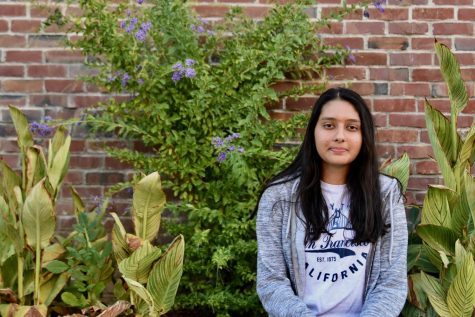Primaries and Caucuses for Dummies
Breaking down America’s primary system to select party candidates
March 18, 2020
As the 2020 presidential election approaches, the list of Democratic presidential candidates has been whittled down from 28 to eight individuals. The frontrunners are currently Sen. Bernie Sanders, former vice president Joe Biden, Sen. Elizabeth Warren and mayor of Southbend Pete Buttigieg. America’s presidential election process includes state caucuses and primaries. Explore how the process selects the Democrat to face Trump in November.
Iowa Caucus
The Iowa Caucus is the first caucus or primary in the country. To select a party candidate, a caucus hosts a public gathering of voters, who debate with one another to reach a consensus on the best presidential candidate. The process takes several hours and also allows voters to switch candidates if their candidate did not receive at least 15% of the vote.
The Iowa Caucus receives a large amount of national attention as the results can shape the outcome of the party’s nomination, though it has been criticized as the first state because of the lack of diversity in Iowa. The technical difficulties with the app this year only intensified criticism of the Iowa Caucus.
State Primaries
Following the Iowa Caucus, several states, including New Hampshire and South Carolina, hold primary elections. A primary election allows voters to cast secret votes for the party candidate they support. Primaries are far less collaborative than caucuses, as caucuses more closely resemble forums of discussion rather than the simple vote of aprimary. States can choose to host a primary, caucus or both. Historically, states have also switched between the two options.
Super Tuesday
On March 3, dubbed “Super Tuesday,” 14 states, including California, will hold state primaries. In past years, California has held its primary at a later time in the year; however, ___ decided to move up California’s 2020 primary to increase input on the election due to the state’s large population. The number of party delegates a state has depends on its population. As California and Texas, the two most populous states, are holding their primaries on Super Tuesday this year, March 3 is one of the most critical moments in the presidential race — the results of Super Tuesday will set both the Democratic Party’s and the nation’s course for the next four years.
Party Conventions
In July 2020, the Democratic Party will host its convention, where all the remaining democratic presidential candidates will deliver speeches and party delegates will cast votes, based on the results of state primaries and caucuses.
After the party convention, primary season is over and the official Democratic party candidate will begin campaigning for the national election in November.

















